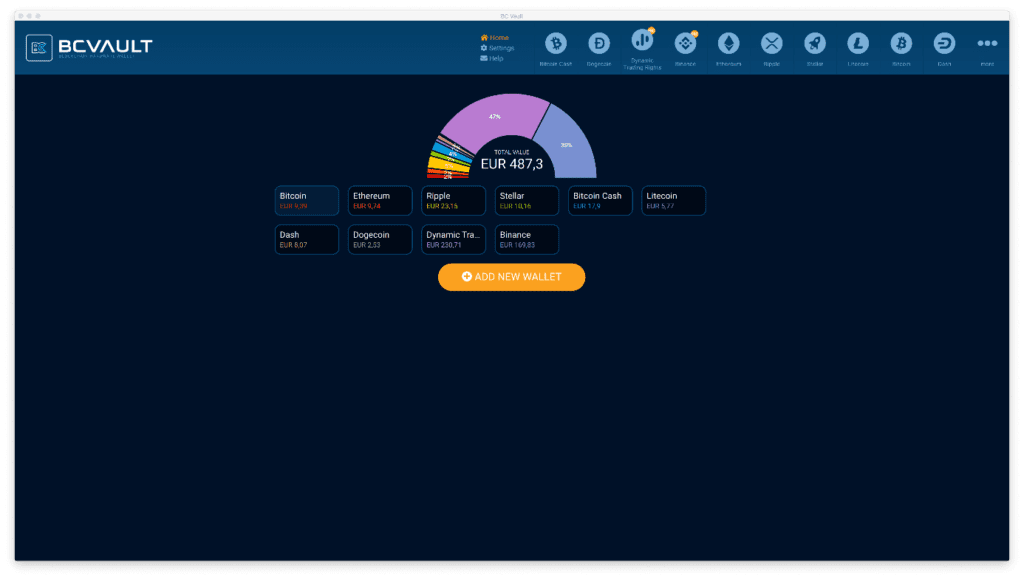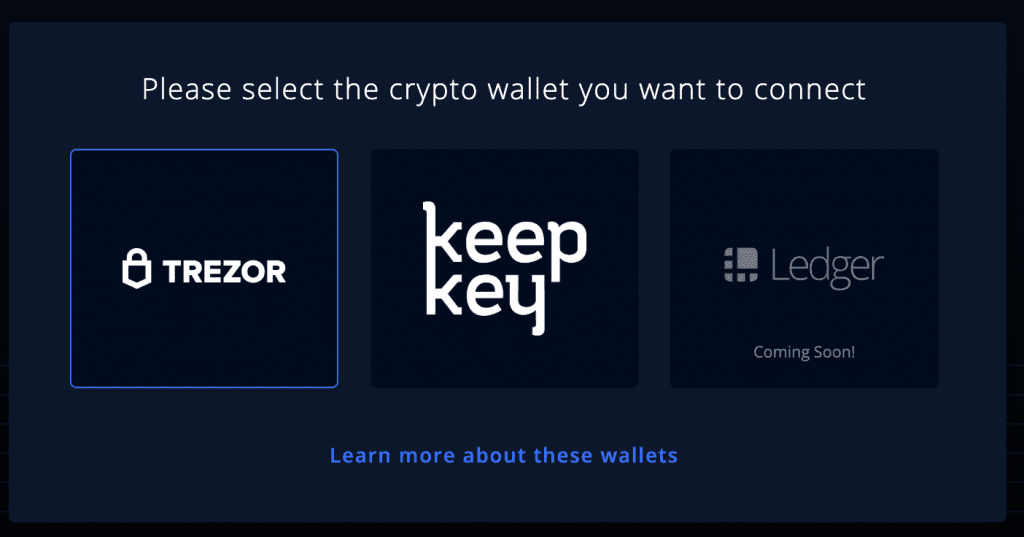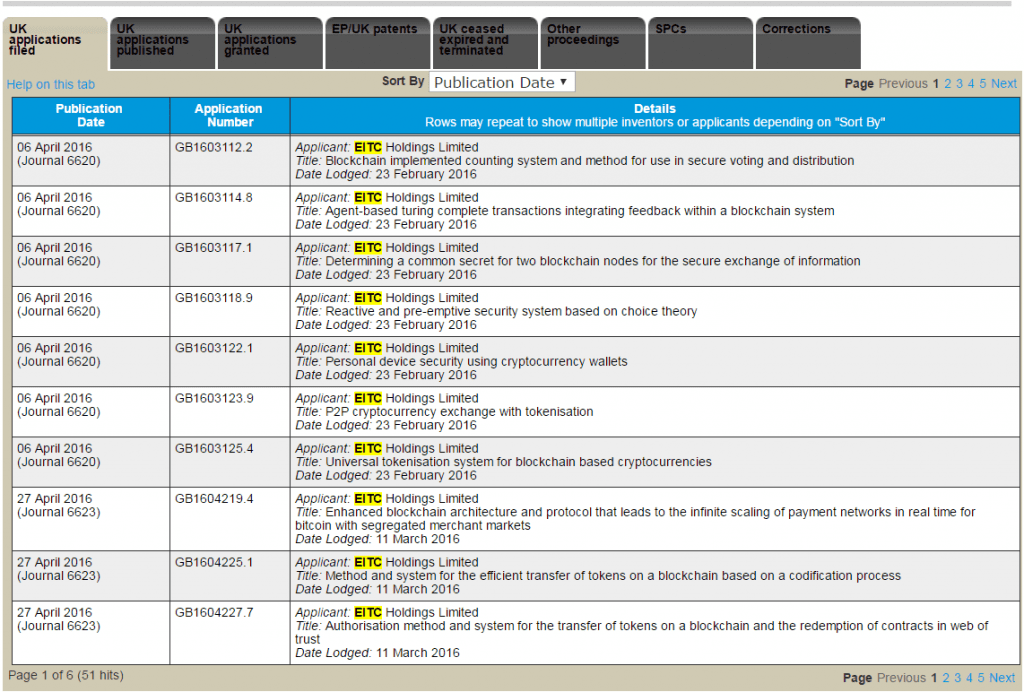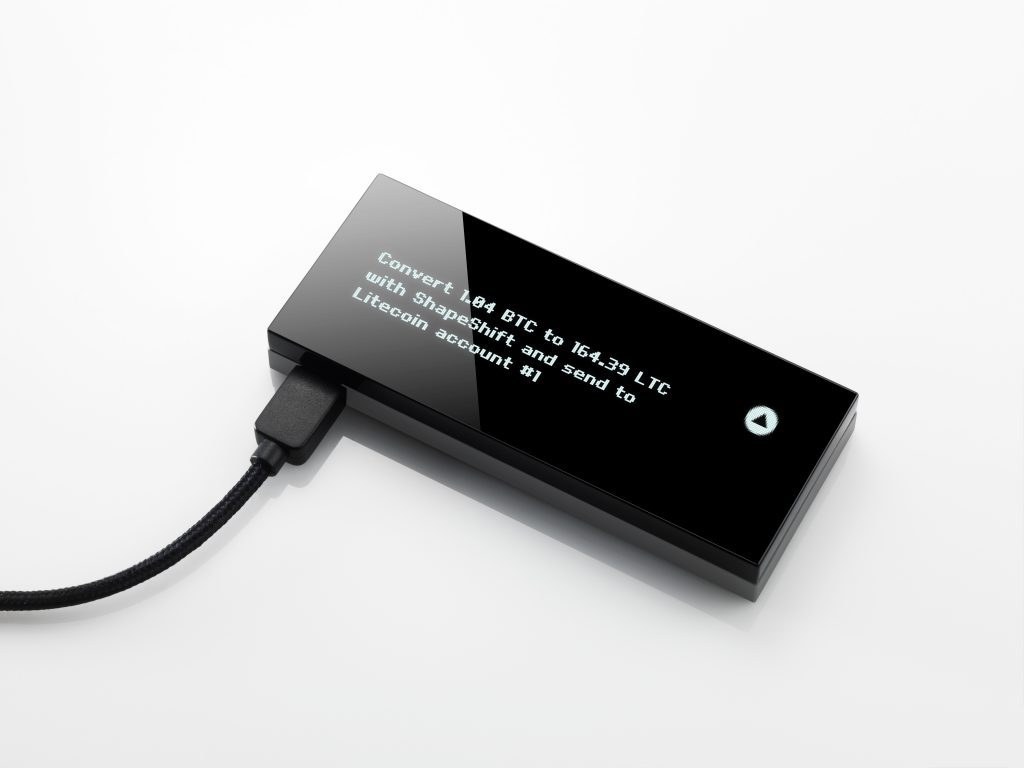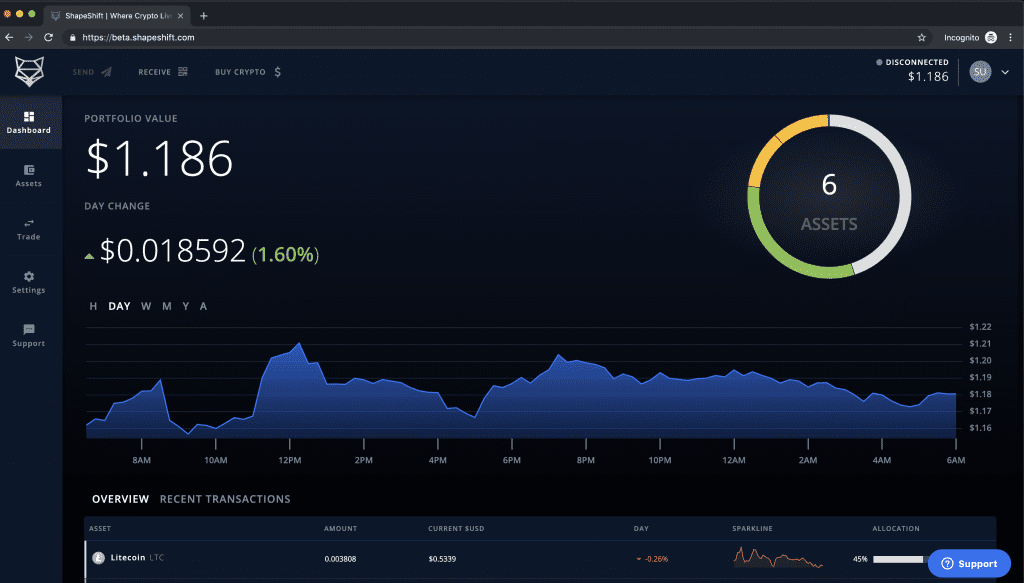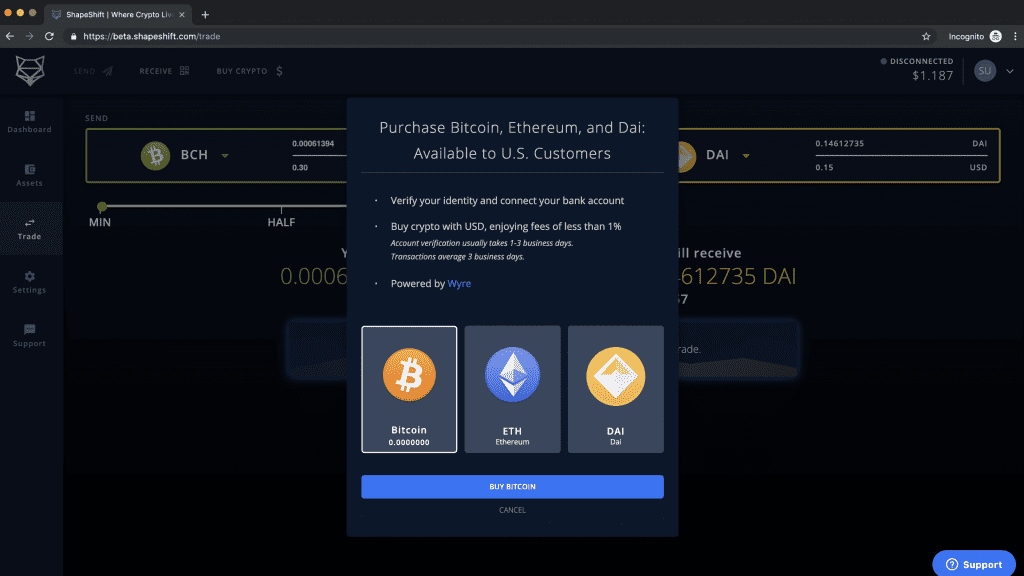BC VAULT vs KeepKey! In this comparison, we are going to do a head-to-head of two of the most competitive and popular new cryptocurrency hardware wallets in this edition of the hardware wallet roundups.
I am going to dive into which of these hardware wallets is better and more secure. How big is your portfolio? Do you need mobile AND desktop support? Do you use any 3rd party wallets for integration? Do you need web-based access instead of a required download?
These are all questions you will need to consider when deciding which of these wallets will be best for you. At the end of the day, the coin support is one of the most important factors (besides security) when deciding which hardware wallet is best for you.
Ultimately, if it doesn’t support the coins you want to store offline, it won’t work for your particular situation. So keep that in mind as we dive into what I consider to be the most important factors when making such an important decision, such as choosing a cryptocurrency hardware wallet.
BC VAULT: Overview
Unlike most other popular cryptocurrency hardware wallets, like Ledger Nano X and Trezor Model T, you do not set up a recovery seed card before you initialize the device. In fact, there is a gyro sensor for you to randomly generate private keys by physically shaking the device (seriously).
You can also hold more than 2000 unique wallets within the web app, and can granularly set specific passwords for each one and setup multiple PIN’s to not only make it more secure, but also allows for an easy way to share the device and use Multi-Sig. In fact, this is the first device that natively allows you to use Multi-Sig on a per wallet basis and set multiple PIN’s.
This wallet does not use HD wallets, so each wallet has its own unique backup. This does make it more secure, however, if you lose or forget the global PIN and global password for the device, your funds are locked inside forever. They do have an encrypted QR code backup for each individual wallet, or you can create a backup on the included micro SD card that comes in the box.
BC VAULT: Security
The storage is reliable. The BC Vault’s private keys have complete encryption and they are stored in the FRAM device. The FRAM is fully tamper-resistant and thanks to the reversible USB 3.0 Type-C connector any damage occurring from mechanical error is fully prevented.
In addition to the secure FeRAM that is securely encrypted, and the large display which is useful when confirming transactions, you have peace of mind not having to worry about anyone locating or using a recovery seed phrase to render your funds useless.
You can also import any private keys you have elsewhere via the SD card as well, so you can easily interchange private keys from other wallets if you have them in the correct format.
BC VAULT: User Experience (UX)
This wallet has some pretty unique features I will admit, and it’s pretty refreshing. For example, you can use multiple cryptocurrencies at once. There are no “apps” you need to install or fear or worry of running out of space that most wallets have when upgrading the firmware.
Additionally, the amount of coins and wallets that can be used/stored simultaneously is astounding. As mentioned above, you can have up to 2000 unique wallets and can interchange multiple cryptos in multiple wallets.
BC VAULT: Coin Support
This is usually one of the most important factors when deciding on a hardware wallet (with the exception of security). If the wallet doesn’t currently support the coins you need to store offline, you can’t really take it too seriously as a deciding factor for purchase. Regardless of whether or not they claim to add more coins in the future.
Needless to say, they have some unique choices for coin support HERE.
KeepKey: Overview
KeepKey has been one of my absolute favorite hardware wallets to use in 2019. I was asked to test and report back issues with the ShapeShift beta that was a complete overhaul and utilized the KeepKey as it’s cornerstone of promoting keeping possession of your private keys under your control while you conduct trades, which has never been done before.
It was an ambitious goal, but they pulled it off in spades, and as a result it resulted in one of the best user experiences while using a hardware wallet I’ve ever encountered. It was quick, safe, and makes it easier than ever to manage your assets, portfolio, and trades all while keeping all your keys on a hardware wallet and never forfeiting custody. This is truly a game-changer and will pave the way for future hardware wallets moving into the next decade.
Let’s find out why below!
KeepKey: Security
KeepKey has a true random number generator (TRNG) for it’s PIN interface for extra physical security. In addition to offline storage, KeepKey’s PIN code and number randomization makes sure that
1) Your wallet is secure from physical theft.
2) That a hacker couldn’t steal bitcoins from your wallet with malware.
KeepKey is an HD wallet, meaning your entire wallet can be backed up with the 12 words generated on setup. 12 words is the default setting, although KeepKey supports seed lengths of 18 and 24.
The seed is generated using entropy from both the device itself and the computer used for setup. The seed is generated offline on the KeepKey and displayed on the device’s screen. The device’s offline screen makes sure the seed is never displayed on an internet-connected device.
KeepKey: User Experience (UX)
This is a complete overhaul that includes all of their services including: Instant Trades, Real-Time Market Data via CoinCap, In-App Crypto Purchases, and KeepKey Integration. That last part is of particular interest to me because I’ve wanted to find a way to execute purchases and trades while having my KeepKey connected, while ensuring that my private keys are protected throughout the entire process.
This is a very important detail, especially if you want to make purchases online with that extra protection and also ensure that my private keys are never compromised in a trade. This truly is the ultimate non-custodial hardware wallet solution. Here’s a few screenshots and user flows based on my experience using this web app.
KeepKey: Coin Support
Natively, this wallet in the current form supports over 40 assets with more on the way! Here is a current list of assets that are supported right now. Now let’s get into the nitty-gritty. For years, KeepKey only supported: Bitcoin, Litecoin, Ethereum, Namecoin, Dogecoin, and Dash. For a hardware wallet that needs to compete in this market place, that needed a serious upgrade.
Luckily, they have been making some AMAZING changes and not only added a ton of ERC-20 Support, but more importantly, they are revamping their entire platform to have one fluid, seamless application that integrates all of their core services (See my previous post for details on this). This is extremely powerful, and a decision that I believe will catapult them ahead of the competition. They are currently in a closed beta, and it is expected that they will be releasing this later in 2019. Stay tuned for news on this.
Some of the notable coins that have been added are:
-Chainlink (LINK)
-DigixDAO (DGD)
-Binance Coin (BNB)
-Dai (DAI)
-Maker (MKR)
-TrueUSD (TUSD)
BC VAULT vs KeepKey: Conclusion
Honestly, this is a tough one. My experience has been extremely pleasant when using both of these hardware wallets and I use them both for different coins and different use cases. Having said that, I enjoy the trading and portfolio experience on the KeepKey better.
The BC Vault is a VERY unique and robust wallet, especially if you want to secure share this hardware wallet with multiple people and want to use multi-sig to have shared wallets with multiple “voters” required in order to spend a transaction.
As of the time of this writing, you can can get a Keepkey for under $50 during this holiday season special and comes in multiple colors, so you will get a high quality device that is easy to use and uniquely allows you to trade your assets without ever releasing custody of your private keys.
This is a VERY big deal, and has not been done yet on any other hardware wallet. Although, Shapeshift has recently added some limited support for Trezor and Ledger Nano S.
All this to say, if you want a robust “vault” that is very intricate and allows for multiple users to use it safely, go with the BC VAULT. If you like to trade and want a very user friendly way to manage your portfolio, you can’t go wrong with the KeepKey.
BC VAULT vs Keepkey! What do you think? Would you choose the BC VAULT over the D’CENT Wallet? Let us know down below in the comments!
Cheers,
The Crypto Renegade
NOTE: This post may contain affiliate links. This adds no cost to you but it helps me focus on giving as much value as possible in every single post by being compensated for recommending products that help people succeed.


